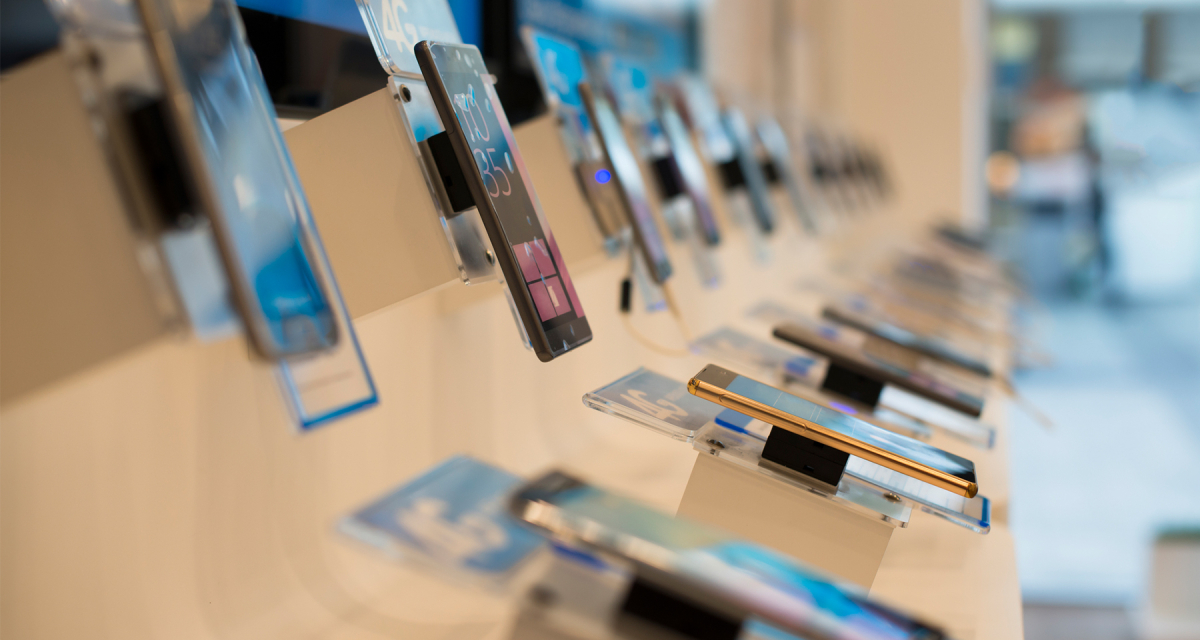Want your customer’s attention? Lower its cost.

Take the phone, for example. Before the advent of the smartphone, phone functions were much alike. The hardest choice for consumers might have been between the standard black model and the racy red one. Today, fingerprint sensors and facial recognition are less the stuff of spy novels than just some of the many smartphone features that consumers have come to expect.
In the face of such choice and information overload, sellers thus have tough calls to make about how to promote their products and services: Do you give your buyers everything they need so that they can make a highly informed purchasing decision? Or do you provide just “a taste,” trusting the time-to-decision-making ratio to work in your favor? If there are abundant product and service options but only a limited time in which to consider them, will the “information cost” attract or drive away buyers?
The answer is “it depends.”
I undertook research with my colleagues Frank Huettner at ESMT Berlin and Yalçin Akçay at Melbourne Business School to determine to what extent the time and effort of deciding between multiple products affected choices and associated revenue outcomes. We show in some cases that “less is more” actually holds true – but it depends very much on product type and quality. Accordingly, we found that if you take into account your customer’s limited attention when setting prices or providing product information, you can increase your revenues substantially.
We developed our research model on rational inattention theory. It holds that buyers will make mistakes, that they are aware that they will do so, but that they are also aware that they don’t have all the time necessary for making error-free judgements. The theory looks at what happens when buyers have made a good-faith effort of information gathering but have reached the point of making a choice. And we looked at how can sellers can help them make that choice by lowering the information cost or by adjusting pricing.
Let’s apply the model to the smartphone example.
Smartphones fall into the category of so-called “search goods,” or products that customers can easily evaluate for quality. Thus, if you are a high-quality brand such as Samsung or Apple, you will want to make it very easy for customers to learn as much as they can about your product: Set up dedicated stores and displays in other shops to present the range of your models. (Surprisingly, even the parallel display of your most cutting edge and prohibitively expensive model will contribute to a buyer’s quality perception of the actually available products.) Invite potential buyers to touch, hold, and test your products. And run your marketing campaigns weeks – even months – before the release of a new model to generate as much publicity and excitement as possible.
If on the other hand you’re selling a knock-off smartphone that cannot compete in quality, our research shows success with the opposite approach. That is, low-quality providers raise revenue by providing only very little information, making it harder for the customer to discern the true quality of the product. So no in-store displays or dedicated stores. And instead of extensive product details, consider the influence of factors such as product assortment, web page display ordering, and simple product highlights.
If you are a lesser-known brand but reaching for quality-conscious consumers, playing on customer belief of quality – a fake-it-til-you-make-it approach, if you will – will have more traction. That is, do not try to convince them that you have “improved” your product or can offer “better” than the major market players. Act instead as if you are already playing in the same elite league.
In the end, it is the responsibility of all sellers to make sure that customers have what they need to make the “right” decisions about their products and services. In some cases, just providing a little more information is enough to boost sales significantly. In others, more elaborate, proactive methods will be vital to sales success.
This article was originally published on Septemeber 26, 2019, by Forbes.
